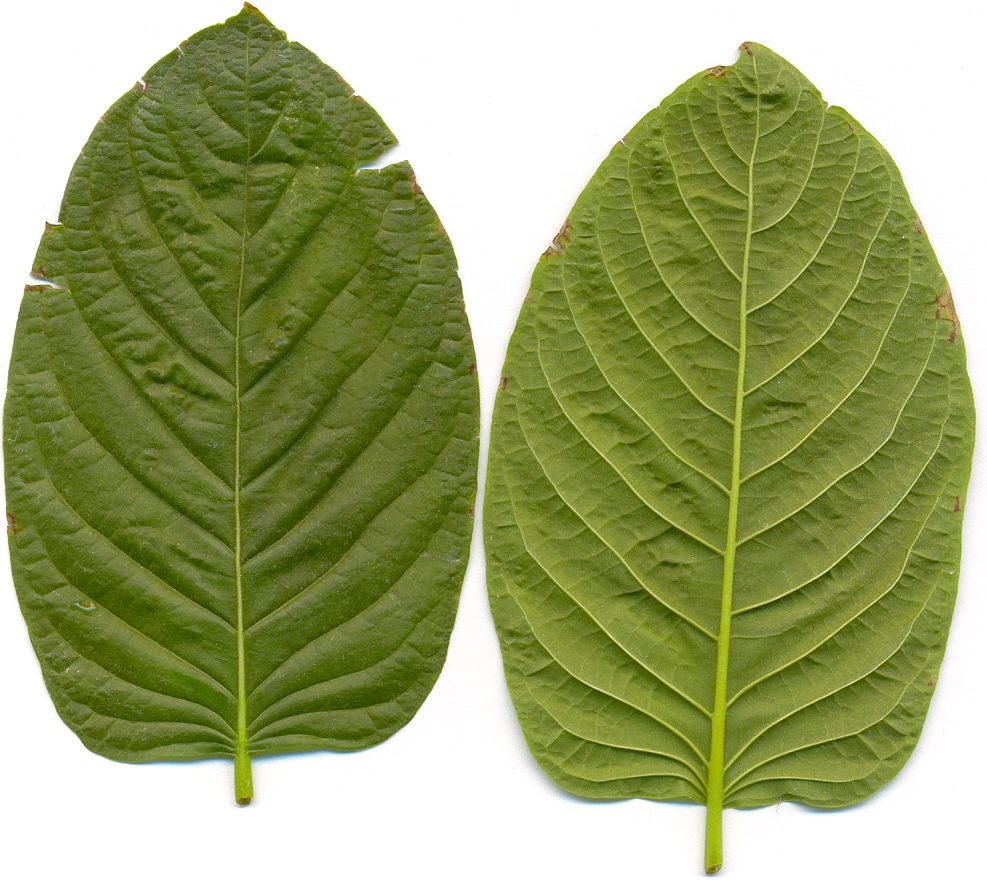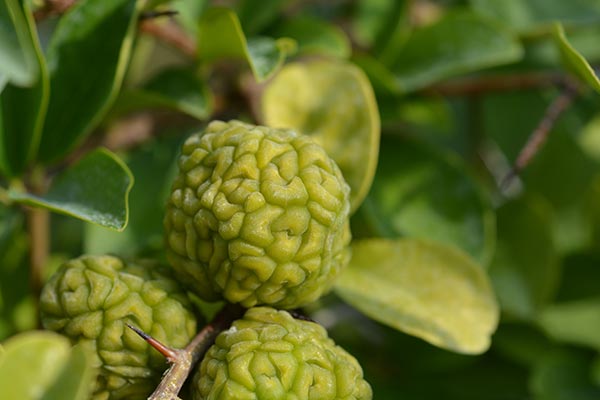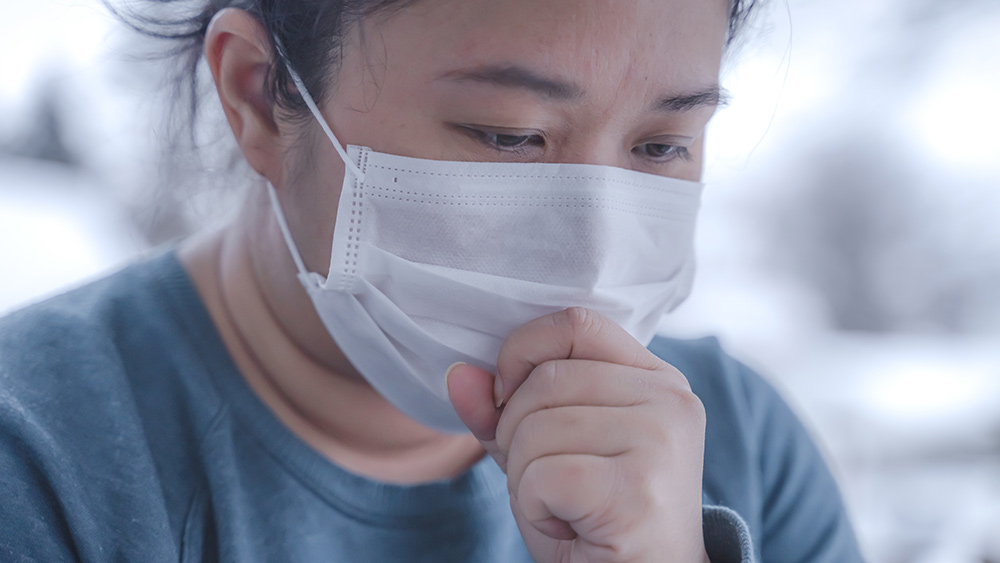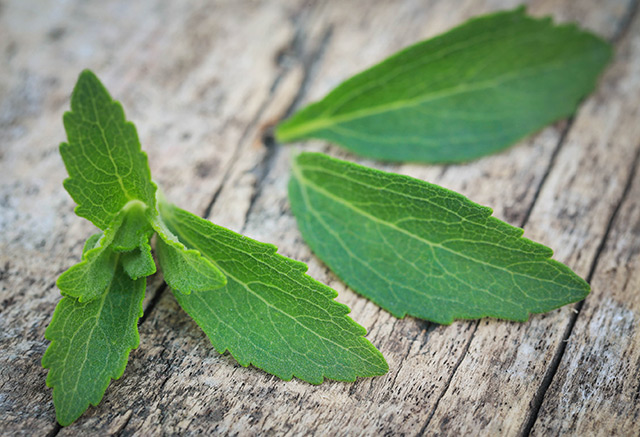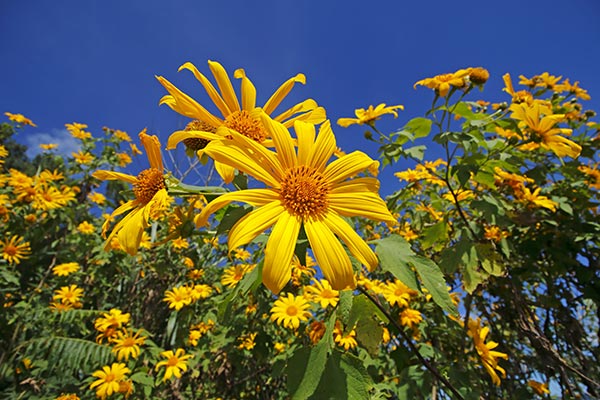Safety and health concerns posed by ingesting turpentine oil
03/10/2020 / By Evangelyn Rodriguez
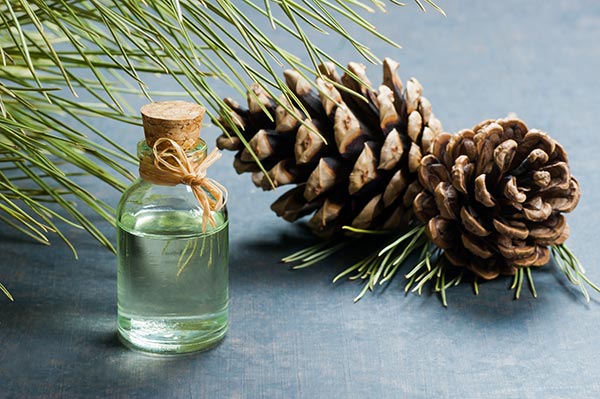
You may or may not have heard of this new “health” fad promoting turpentine oil as a “healing oil” or one of the “best cleansing agents for curing any disease.” While this natural product, when used topically, is a great remedy for rheumatoid and neuralgic disorders, health experts warn about ingesting turpentine oil as it is poisonous and can even be lethal at certain doses.
What is turpentine oil?
Turpentine oil is a colorless, aromatic and flammable oil that comes from certain pine trees, such as the American longleaf pine (Pinus palustris) and the European cluster pine (P. pinaster). It is derived by distilling a tree’s oleoresin, which is a naturally occurring mixture of compounds responsible for a plant’s characteristic flavor and smell.
The most well-known applications of turpentine oil is as a solvent for paint and as a brush cleaner. However, the oil has since found other uses, such as in the production of synthetic oils and additives, and as a fragrance in over-the-counter topical ointments like the famous chest rub, Vicks VapoRub.
Why turpentine oil is not for oral use
Turpentine oil recently gained attention when Jennifer Daniels, a former health care professional, and various celebrities began promoting it as a “cure for any disease.” According to a celebrity who claimed to drink a teaspoon daily, turpentine oil can cure colds and even cleanse the digestive system when ingested. But while turpentine oil IS a natural medicine, it is limited to topical applications due to its inherent toxicity. Health experts have since spoken out about this new health craze to warn the public about the dangers of ingesting this medicine.
According to toxicology reports, taking turpentine oil by mouth can lead to fatal poisoning. Many children in the U.S. have died from ingesting even as little as 15 milliliters (mL) of this oil. In adults, about half a cup of turpentine oil is enough to cause death. Of the many cases reported to poison control centers that involve children, turpentine poisoning is one of the most common.
Symptoms of toxicity usually emerge a few hours after ingesting turpentine oil. Typical signs include:
- Pain or burning sensation in the mouth
- Thirst
- Cough
- Vomiting
- Diarrhea
- Headache
- Insomnia
- Hematuria or blood in the urine
- Dizziness
Ingestion of turpentine oil can also put a person in a coma or cause kidney failure.
An alarming protocol has emerged about how to use turpentine to treat autism in children. Proponents of this protocol believe that autism is a disorder caused by parasites, and that turpentine oil can treat it due to its anti-parasitic effects. Although there is no known single cause for autism, brain scans of children with autism show that abnormalities in the shape and structure of their brains are likely behind the disorder. Autism is not in any way caused by intestinal parasites, and turpentine oil SHOULD NOT be used to treat it.
Turpentine oil as a natural “topical” remedy
Turpentine oil has a long history of use in traditional medicine, mostly for pain relief. When applied to the skin, turpentine oil is a great counter-irritant and can also be used to relieve muscle pain and rheumatic pains.
Today, the multi-purpose turpentine oil is still considered a great natural medicine for the following:
- Cold sores
- Cramps
- Joint pains
- Lung congestion
- Nerve pains
- Sprains
- Toothaches
There are cases when turpentine oil is inhaled for medicinal purposes, such as when addressing chest congestion. However, the oil can cause spasms of the airways, so people with asthma or whooping cough are advised not to inhale it. Turpentine oil can also cause skin irritations, so people with sensitive skin, as well as pregnant or breastfeeding mothers, are discouraged from using it. On the other hand, when used appropriately, turpentine oil is safe and effective. It has been reported by many to reduce pain within hours of application.
Sources include:
Tagged Under: alternative medicine, healing, natural cures, natural medicine, pain relief, remedies, safety, topical remedies, topical remedy, toxicity, turpentine oil, turpentine poisoning
RECENT NEWS & ARTICLES
Natural.News is a fact-based public education website published by Natural News Features, LLC.
All content copyright © 2018 by Natural News Features, LLC.
Contact Us with Tips or Corrections
All trademarks, registered trademarks and servicemarks mentioned on this site are the property of their respective owners.

